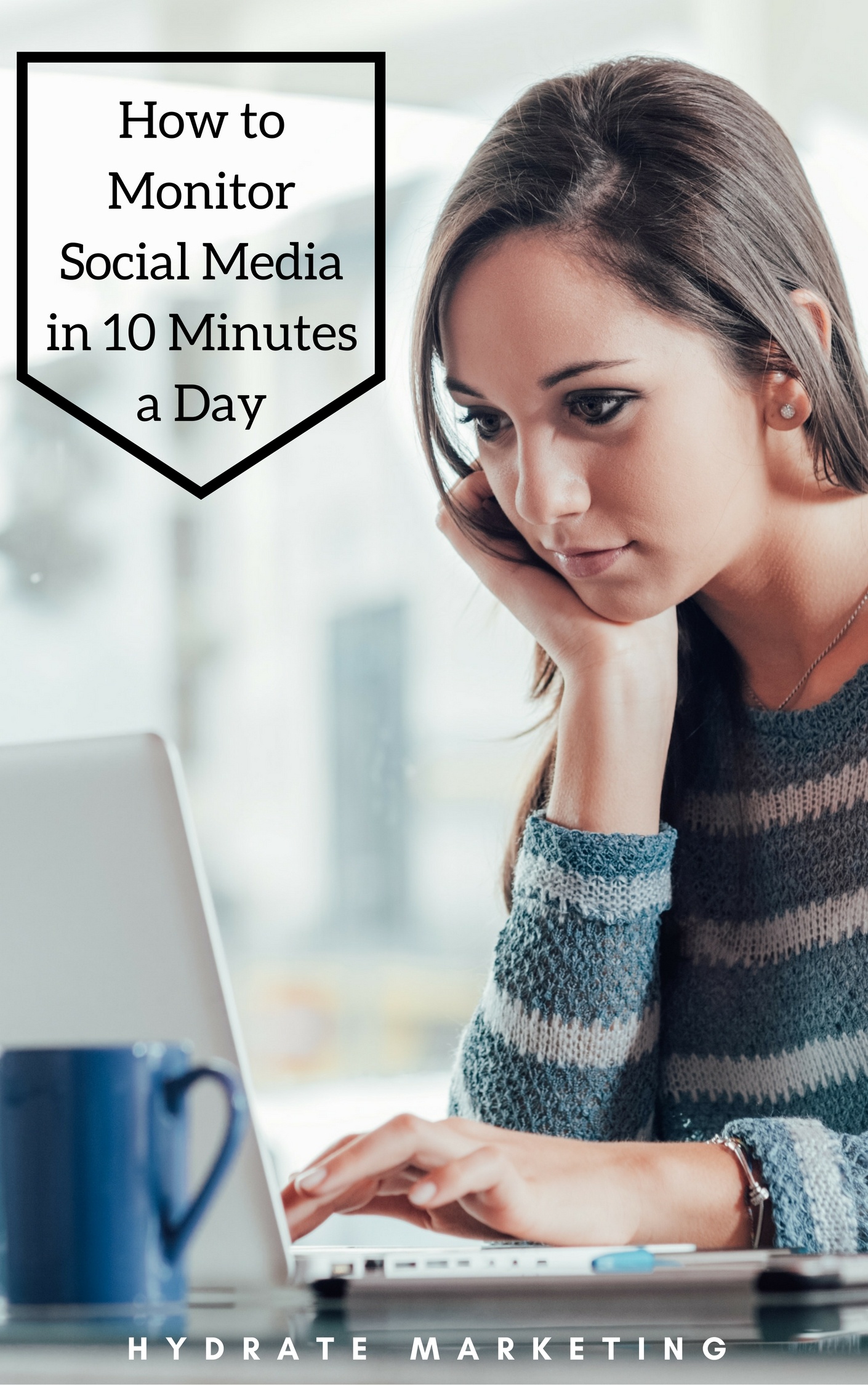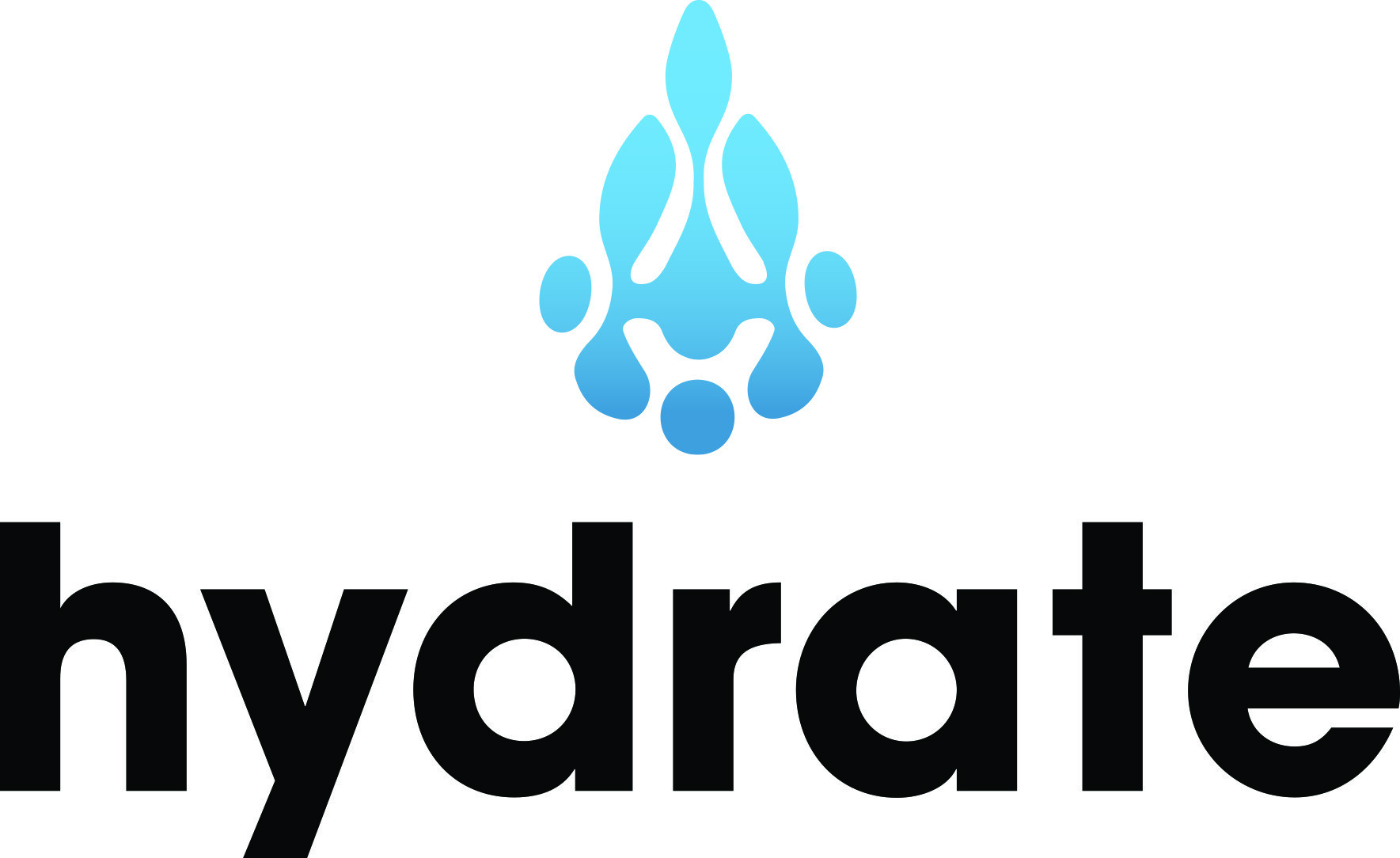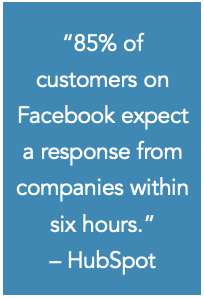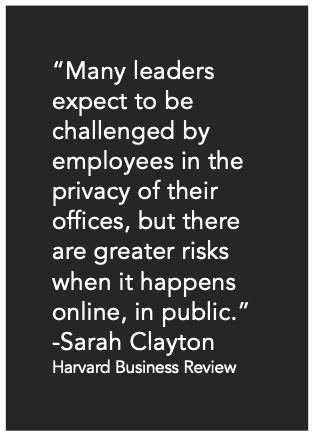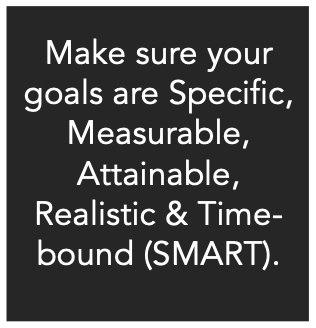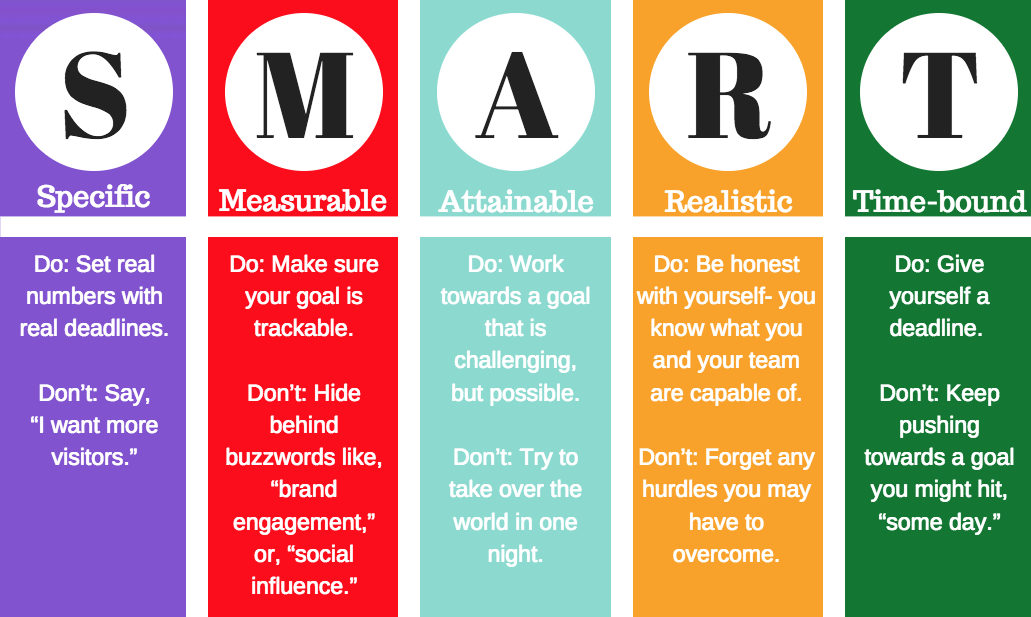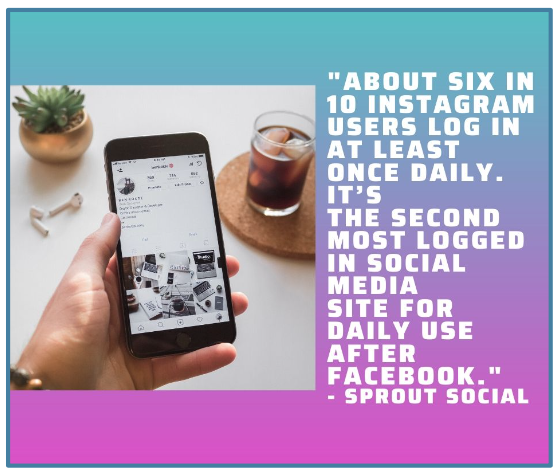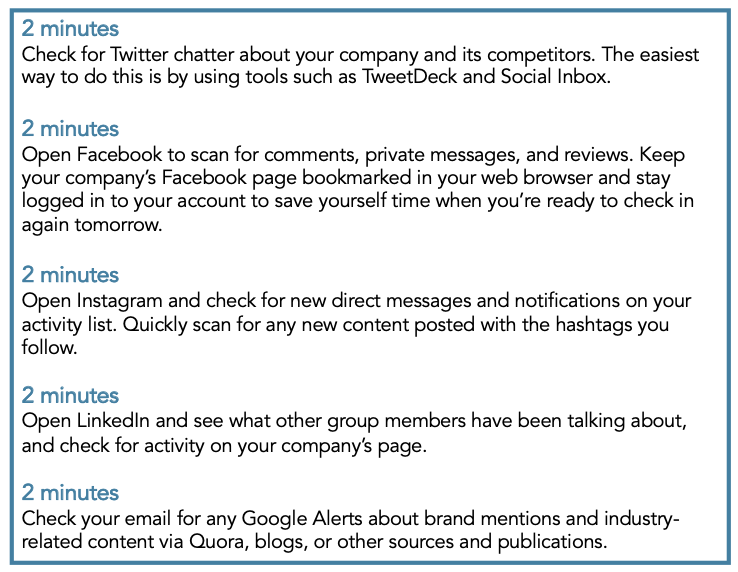Twitter:
The great thing about Twitter is that there’s a world of possibility out there for things you can search and discover. However, this can also lead to information overload and monitoring in 10 hours a day instead of 10 minutes. You’ll have to pick and choose exactly what you want to monitor, and if it’s an effective use of your time based on how many mentions that stream gets and if it’s useful for your brand. The following list includes some streams we suggest you start with. These streams could be arranged side by side in TweetDeck or included as immediate email notifications in Social Inbox. No matter which tool you use, make sure you’re testing out the frequency and usefulness of these streams for yourself. If one stream isn’t getting much action -- nix it and save yourself some time!
Twitter mentions and searches
In an earlier section, we listed different kinds of tweets you should be monitoring on a regular basis, depending on your department or role. Let’s simplify that. Most likely (if you’re taking the free approach), you are looking for industry tweets, @replies, and mentions of your business. Go to twitter.com/explore where you can conduct searches for your competitors, industry terms, executives’ names, and whatever else may be relevant to your business. Feeling a little ambitious and want something slightly more real-time? Use a tool like TweetDeck where you can save searches and react via the tool itself without needing to log into Twitter.
Relevant questions about your company
Someone may tweet, “Should I buy X product or its competitor’s product?” You should be ready to respond. If not directly by offering helpful content about your business, perhaps you could point that person to a customer of yours.
Relevant questions about your industry
Being helpful by answering someone’s question is a great way to develop credibility with that person. In the event they need a product or service related to the one(s) your business provides, they’re now more likely to end up coming to you!
Requests for support
If a customer tweets a request for help (either directly to you or perhaps to their network), you should notice that tweet and respond accordingly. Happy customers are essential for the long-term results of your business.
Complaints and feedback
Critics are always out there and it’s important to acknowledge and resolve issues as they come up. Some feedback may not be useful, but most of it will actually better your company in the long wrong as long as you take action and make corrections.
Praise
Please sir, can I have some more? Praise is a wonderful thing to receive! Why not say thank you? Retweet it. Save it to your favorites. Send that person a t-shirt! It’s wise to appreciate those who appreciate you.
Competitor mentions
Competitor intel, anyone? Other people are praising, complaining, and asking questions about your competitors, too. You should monitor those conversations, if only for the information and data.
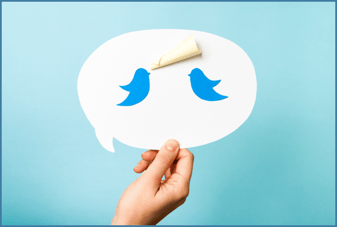
Now that you know which types of tweets to specifically monitor, you can create your plan accordingly. Keyword searches are an excellent way to filter through the masses of tweets to find the messages you’re looking for. Use a tool that allows you to save keyword searches as a live stream so you won’t miss out on what’s being said about your brand, your industry and your products. You can do this using a free tool like TweetDeck, or a paid tool like HubSpot’s Social Inbox, where you can also receive an email when someone matches an important search term you’ve identified.
